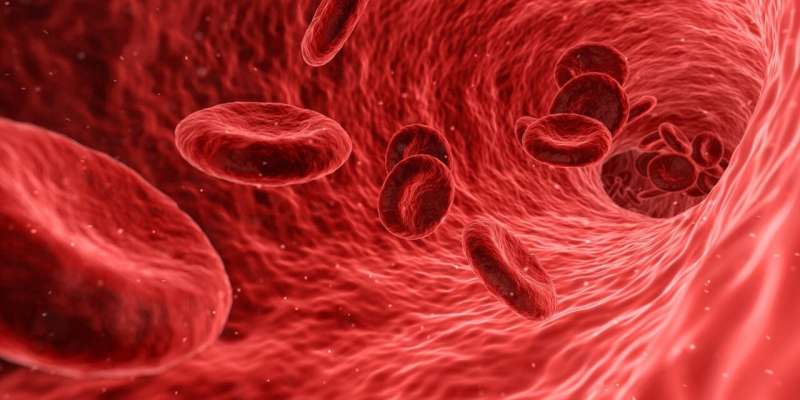Five Essential Strategies to Keep Teenagers Safe Near Water

Learn essential water safety strategies to protect teenagers from drowning risks, including communication, real-life stories, group dynamics, and responsible decision-making amid rising temperatures and heatwaves.
With rising temperatures due to climate change leading to heatwaves across the UK and Ireland, concerns about water safety have become more urgent than ever. Drowning incidents, often swift and unnoticed, remain a significant risk for teenagers engaging in water-related activities. While learning to swim is crucial, understanding water safety encompasses more—judgment, impulse control, peer influences, and knowing personal limits are all vital components.
Research highlights a concerning lack of communication with adolescents about the emotional and cognitive risks associated with water. Young males aged 10 to 19 are particularly vulnerable, often seeking independence and testing boundaries, which increases their risk of drowning. Many accidents happen when teens are alone by rivers, lakes, or engaging in activities like tombstoning off bridges, often underestimating dangers.
Organizations such as the Royal National Lifeboat Institution (RNLI) and HM Coastguard actively promote water safety through educational campaigns. The Canal & River Trust has developed school programs targeting teenagers to raise awareness about water dangers. Parents play a critical role too. Initiatives like the Open Water Education Network, established in memory of a boy who drowned trying to save others, aim to empower families to communicate openly about water risks.
Effective water safety strategies include:
- Pre-Trip Safety Discussions: Spend five minutes before beach or river outings reviewing simple, consistent safety rules—don't swim alone or after dark, and know how to call for help.
- Sharing Real-Life Incidents: Personal stories of rescue and tragedy help teenagers grasp the real risks. For instance, Evan’s story of surviving a rip tide by floating on his back illustrates practical safety knowledge.
- Understanding Group Dynamics: Encourage girls and confident peer voices to promote safety, reducing risky behaviors often fostered in all-male groups. Promoting the RNLI’s 'call, tell, and throw' safety approach can empower teens to act responsibly.
- Dispelling False Confidence: Be honest about how quickly dangers like cold shock and strong currents can lead to drowning, even for good swimmers.
- Promoting Responsible Decisions: Teach teens that bravery means making wise choices, shaping resilience and emotional intelligence. Modeling calmness and care, especially by fathers, reinforces these values.
Open conversations about water safety, coupled with community programs and parental involvement, are key to reducing drowning risks among teenagers. Every family has a role in promoting awareness, empowering youth to enjoy water activities safely while understanding their limits and making sound decisions.
Source: https://medicalxpress.com/news/2025-06-ways-teenagers-safe.html
Stay Updated with Mia's Feed
Get the latest health & wellness insights delivered straight to your inbox.
Related Articles
CDC Adjusts COVID-19 Vaccination Guidance for Children and Pregnant Women
The CDC has revised its COVID-19 vaccination guidance for children and pregnant women, now presenting vaccination as optional rather than strongly recommended. Learn about the implications of this policy change.
Innovative Nomogram Predicts Deep Vein Thrombosis Risk in Epithelial Ovarian Cancer Patients
A new predictive nomogram has been developed to assess the risk of deep vein thrombosis in patients with epithelial ovarian cancer, aiding personalized prevention and treatment strategies.
Understanding Diabetes Insipidus: Beyond Blood Sugar
Diabetes insipidus is a rare but serious condition affecting water regulation in the body, unrelated to blood sugar levels. Learn about its causes, symptoms, and treatments in this comprehensive overview.
New Metabolic Target Offers Hope for Treating Rare and Aggressive Childhood Cancer
Researchers from the University of Iowa have identified a critical metabolic pathway in an aggressive childhood cancer, opening new horizons for targeted therapies and improved patient outcomes.



